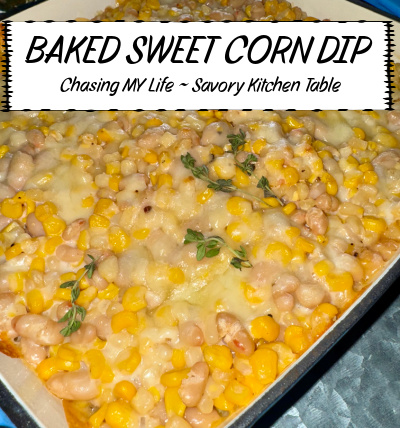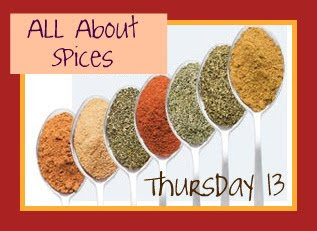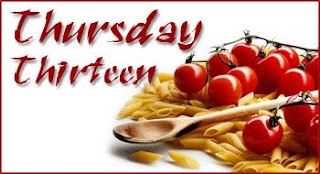Onions really don’t get the credit they deserve! They’re the backbone of flavor in most dishes, whether they’re minced for soups, stew or casseroles, chopped or sliced and served raw on salads, sandwiches and even burgers. I use onions literally all the time, but I’d never heard of Tennessee Onions. I found this recipe by accident. And then I found another version also combining them to make my own version to meet my family’s flavor profile.
It’s a creamy and cheesy casserole full of a tangy, but sweet flavor and made of super simple, but specific ingredients – VIDALIA onions are the ONLY onions along with melty cheeses like cheddars and goudas that will work for this recipe. You also have to use REAL butter and FRESH herbs and spices. Ultimately the dish becomes a cheesy, tangy and sweet scoop of pure flavor with tender onions and browned crispy cheese.
On a side note, if you can’t get Vidalia onions in your area, WALLA WALLAs or TEXAS SWEET will work, but are second choice. 😀 This recipe makes a wonderful mouth watering side dish, but could also be considered a condiment at your next backyard barbecue. Add a scoop to your burger or dog or even to a grilled cheese sandwich. We like them with steaks fresh off the grill or Salisbury steaks. As you can see from the picture I have also used whatever I have on hand with great results.
Ironically “TENNESSEE ONIONS” only use a Georgia grown Vidalia onions for their unique flavor which is naturally sweet, but still has a bite to it like other onions without being assertive. Georgia farmers the unique soil in and around Vidalia, Georgia for their unique flavor.

TENNESSEE ONIONS
2 1/2 pounds sweet onions (3 LARGE onions), sliced crosswise 1/4 inch thick slices and separated into rings
1 tablespoon FRESH minced thyme
1 tablespoon FRESH minced parsley
1 teaspoon garlic powder
FRESH ground sea salt, to taste
Scant tablespoon FRESH chopped oregano
1/2 teaspoon dry mustard (optional)
1/4 teaspoon cayenne pepper
1/4 cup salted butter, cut into 1/4-in.-thick pieces
1 cup (4 ounces) mild Cheddar cheese, FINELY shredded
1 cup, (4 ounces) smoked Gouda cheese, FINELY shredded
1/2 cup (2 ounces) Parmesan, FINELY shredde
- Preheat oven to 350°.
- Coat a 13×9 inch baking dish with non-stick cooking spray.
- Place onions in a large bowl.
- Sprinkle with the thyme, parsley, garlic salt, oregano, mustard, and cayenne pepper and toss gently to coat.
- Arrange onion slices evenly in prepared baking dish.
- Arrange butter evenly over onions, and sprinkle with the cheeses.
- Cover with aluminum foil, and bake 40 minutes until onions are soft and sides are bubbly.
- Remove foil.
- Bake another 5-10 minutes until top is golden.
- Serve immediately.





















